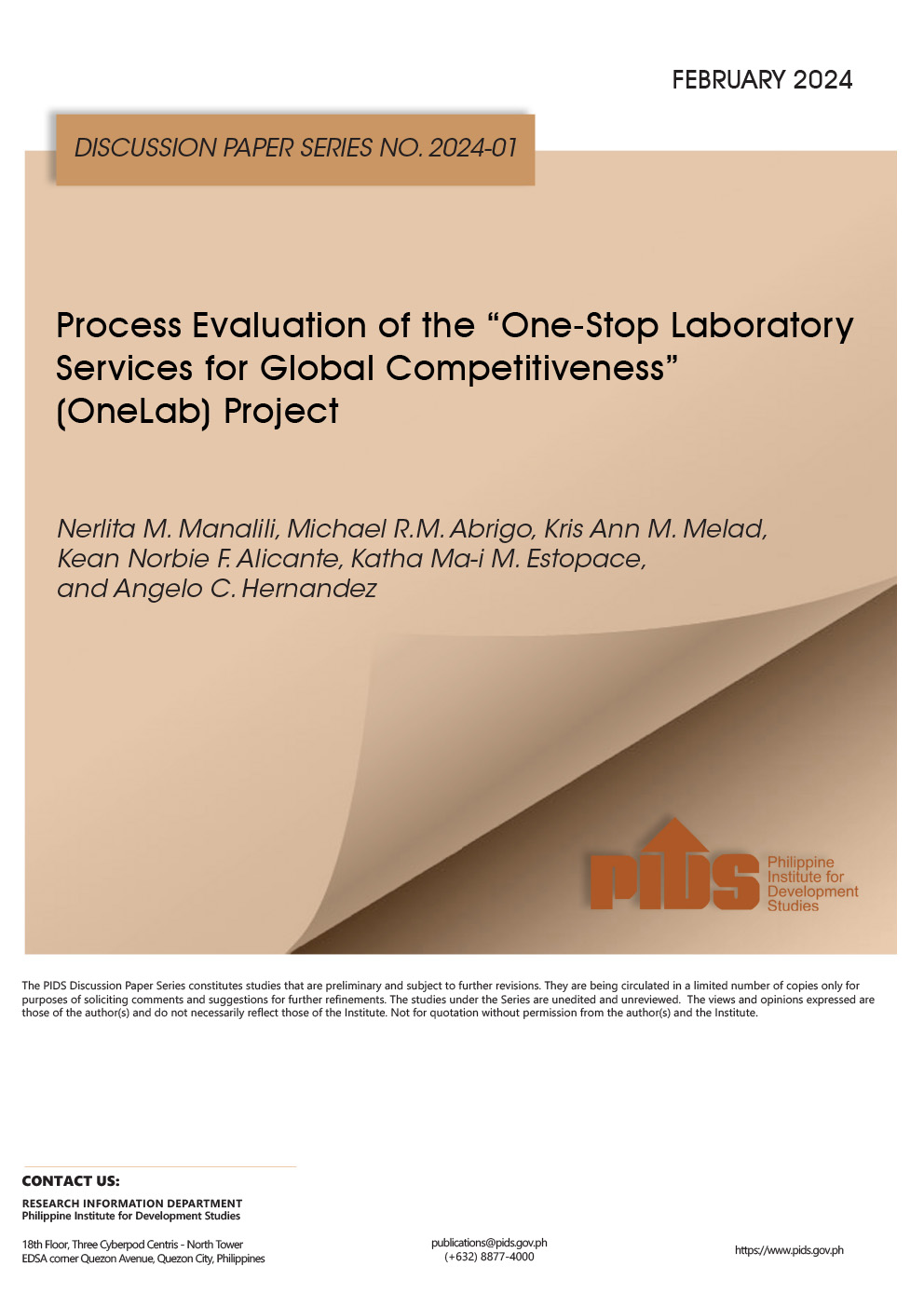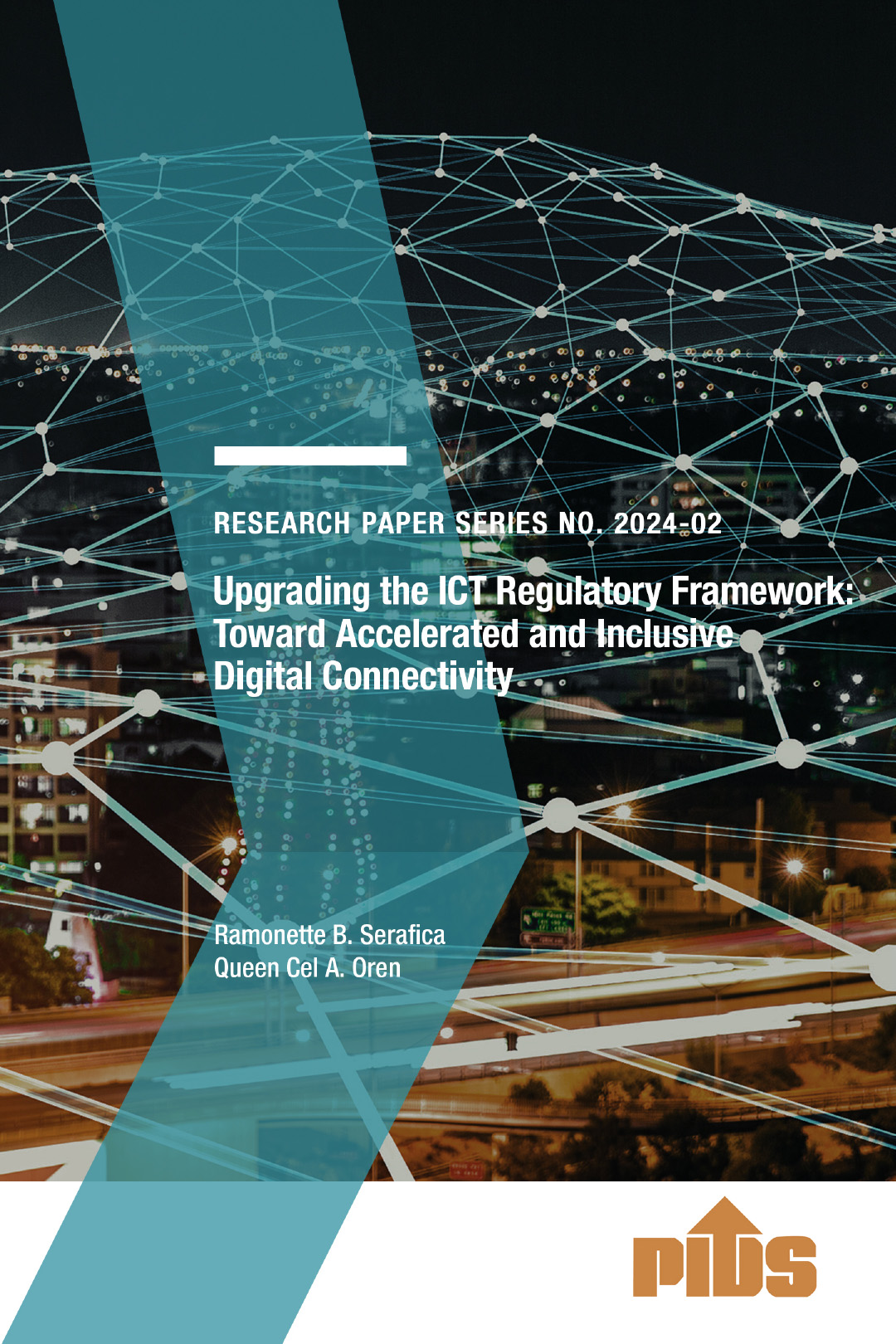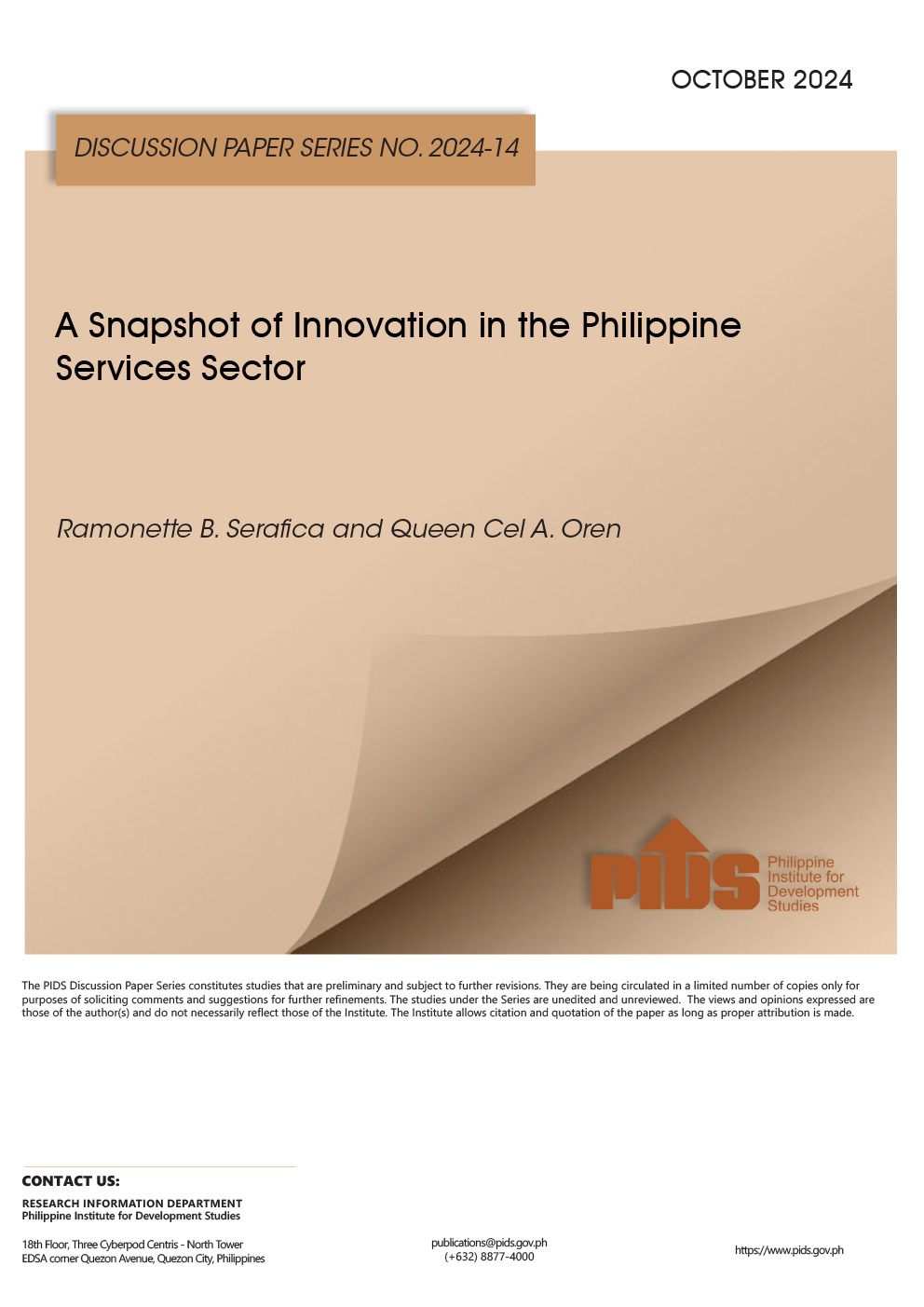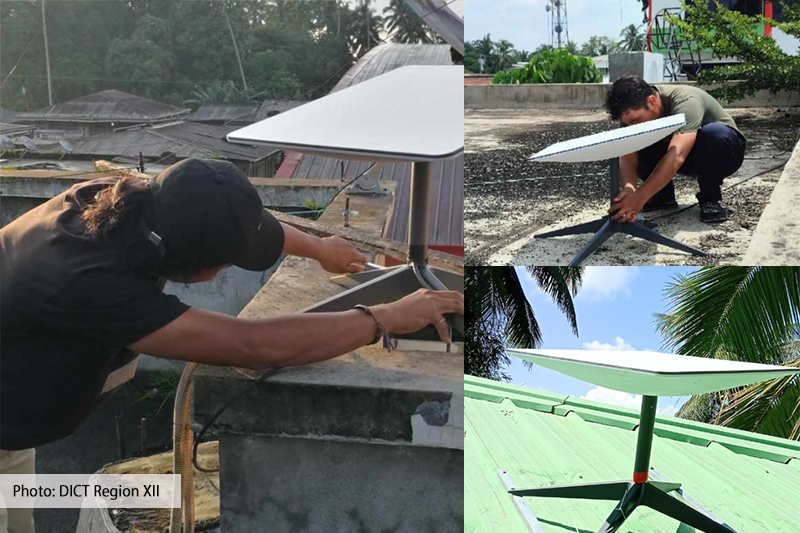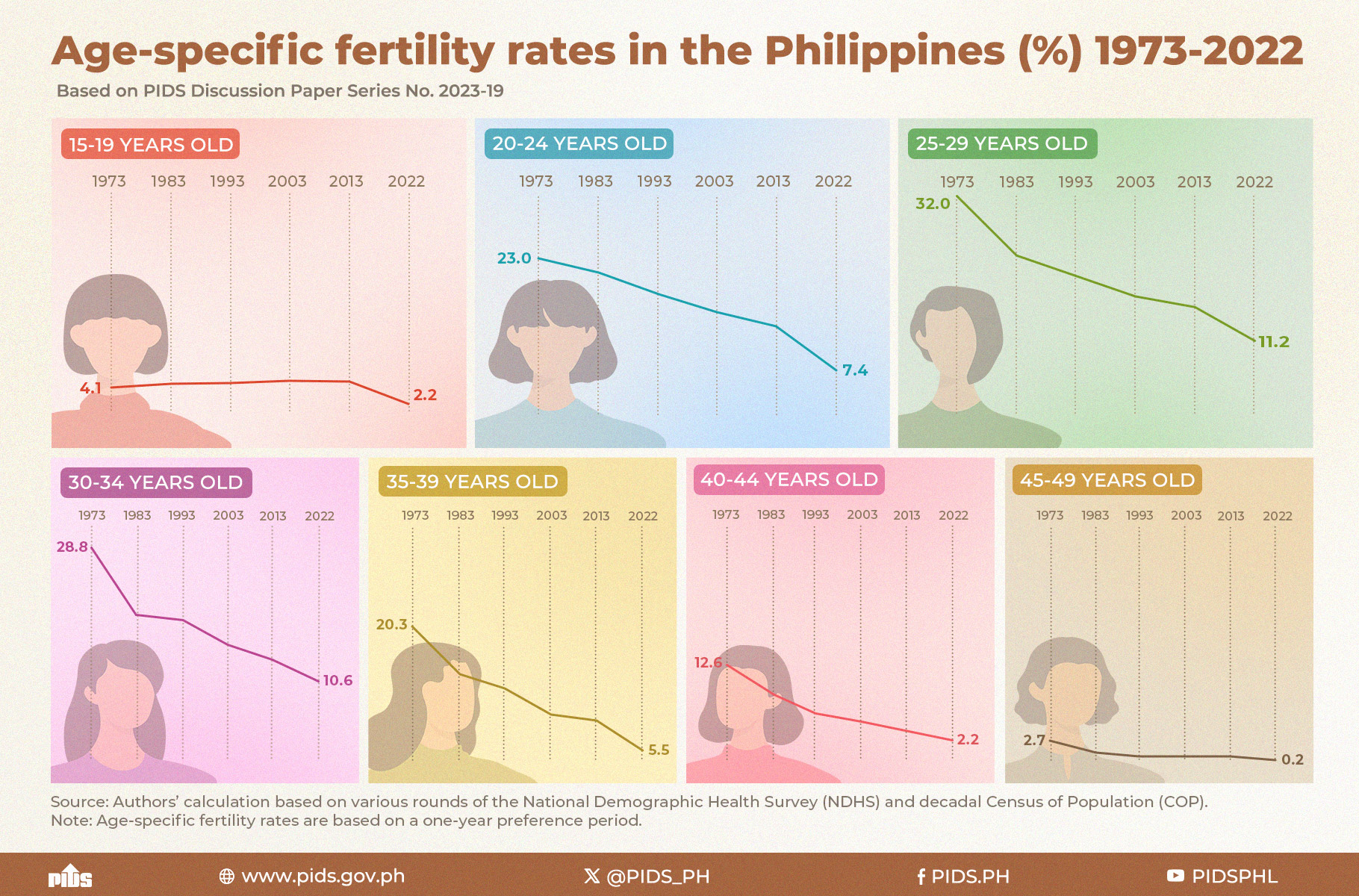Product innovations such as Apple’s iPhoneX, the Fitbit watch, and Bitcoin are contributing to the mainstreaming of innovation in the development policy landscape. Innovation is now viewed as key to finding enduring solutions to challenges such as job shortages and sustainable energy use.
Across the globe countries have committed to fostering innovation by 2030 through the UN Sustainable Development Goals (SDGs). Developing countries such as the Philippines appear to be taking notice of the importance of innovation, with an entire chapter in the Philippine Development Plan devoted to science, technology, and innovation.
However, while innovation is recognised as important to improving productivity, firms and governments are paradoxically not investing enough it.
The share of research and development (R&D) expenditure to GDP in the Philippines continues to be less than the 1 per cent UNESCO benchmark, and below the R&D spending of several other Asean member states.
Such trends are consistent with the results of the 2017 Global Innovation Index, in which the Philippines ranked 73rd out of 127 economies and fifth out of seven Asean members states (behind Singapore, Malaysia, Thailand, and Vietnam, but ahead of Indonesia, and Cambodia).
Poor innovation investments typically arise because of a lack of complementary factors (including physical and human capital) both at the level of the firm and the government.
The Great Philippine Innovation Divide
However, while technological innovation has the potential to make prosperity inclusive, it has also created digital divides.
The proportion of people with internet access now stands at more than half of the global population (53.6 per cent). This is vastly better than the rate of 6.5 per cent in 2000, but it still means that nearly 3.6 billion people (more women than men and mostly from the developing world) do not have access to the internet and thus cannot avail of digital dividends. This is in spite of the much-lowered cost of ICT services compared to a decade ago.
In the Philippines the increased use of digital technologies has hardly translated into inclusive growth, with poverty rates at a practical standstill despite recent robust economic growth.
Several surveys that measure innovation in the Philippines — including the Philippine Institute for Development Studies’ 2015 Survey on Innovation Activities and the World Bank’s Enterprise Survey — suggest that only one third of firms are product innovators and only around 30 to 40 per cent are engaged in process innovation.
The Philippines needs to build up its pool of research scientists and engineers in order to benefit from innovation.
The Philippines needs to build up its pool of research scientists and engineers in order to benefit from innovation.
The major determinants of innovative behaviour among Philippine firms are found to be: gross sales of the firm (which correlate with establishment size), educational attainment of employees, knowledge management practices, location, and the industry group to which the firm belongs.
Firms report that cost factors (especially the direct costs of innovation activities) and a lack of necessary skills and knowledge are significant hindrances to innovation.
One-quarter of Philippine micro-, small- and medium-sized enterprises consider the direct costs of innovation to be too high. More than 10 per cent cite a lack of qualified personnel, the difficulty of finding partners in innovation, and uncertain demand for innovative goods and services as additional challenges, while 16.6 per cent report competition from established enterprises in their markets as a barrier to innovation.
Knowledge networks are limited in the Philippines, with firms tending to cooperate with other establishments within their enterprise, with their customers and with their suppliers. Firms also generally do not access technical assistance and support from the government or research institutions.
Even if the Philippines and other developing countries decided to spend more on R&D and innovation, this would not guarantee returns on innovation. When countries are far from the technological frontier, there are potential gains from ‘catch-up’ increases. But if the stock of human capital, firm and management capabilities or financial markets are lacking, then returns could be low and possibly even negative.
The Philippines needs a concrete plan of action to stir innovation. It needs to strengthen linkages among innovation actors and build up its pool of research scientists and engineers.
An important lesson could be learnt from China: in the late 1970s to the early 80s China made massive investments in human capital and sent thousands of scholars in science and engineering to the top US universities, and has subsequently reaped returns on these investments.
The importance of leadership also cannot be ignored. Managers must become knowledge builders and the government must provide meaningful support to firms and innovators by boosting investments in technology and research infrastructure. Regulatory burdens to innovation need to be removed, while the government needs to also improve regulatory quality. This way, returns and dividends on innovation investments can be maximised and reaped by all.
Across the globe countries have committed to fostering innovation by 2030 through the UN Sustainable Development Goals (SDGs). Developing countries such as the Philippines appear to be taking notice of the importance of innovation, with an entire chapter in the Philippine Development Plan devoted to science, technology, and innovation.
However, while innovation is recognised as important to improving productivity, firms and governments are paradoxically not investing enough it.
The share of research and development (R&D) expenditure to GDP in the Philippines continues to be less than the 1 per cent UNESCO benchmark, and below the R&D spending of several other Asean member states.
Such trends are consistent with the results of the 2017 Global Innovation Index, in which the Philippines ranked 73rd out of 127 economies and fifth out of seven Asean members states (behind Singapore, Malaysia, Thailand, and Vietnam, but ahead of Indonesia, and Cambodia).
Poor innovation investments typically arise because of a lack of complementary factors (including physical and human capital) both at the level of the firm and the government.
The Great Philippine Innovation Divide
However, while technological innovation has the potential to make prosperity inclusive, it has also created digital divides.
The proportion of people with internet access now stands at more than half of the global population (53.6 per cent). This is vastly better than the rate of 6.5 per cent in 2000, but it still means that nearly 3.6 billion people (more women than men and mostly from the developing world) do not have access to the internet and thus cannot avail of digital dividends. This is in spite of the much-lowered cost of ICT services compared to a decade ago.
In the Philippines the increased use of digital technologies has hardly translated into inclusive growth, with poverty rates at a practical standstill despite recent robust economic growth.
Several surveys that measure innovation in the Philippines — including the Philippine Institute for Development Studies’ 2015 Survey on Innovation Activities and the World Bank’s Enterprise Survey — suggest that only one third of firms are product innovators and only around 30 to 40 per cent are engaged in process innovation.
The Philippines needs to build up its pool of research scientists and engineers in order to benefit from innovation.
The Philippines needs to build up its pool of research scientists and engineers in order to benefit from innovation.
The major determinants of innovative behaviour among Philippine firms are found to be: gross sales of the firm (which correlate with establishment size), educational attainment of employees, knowledge management practices, location, and the industry group to which the firm belongs.
Firms report that cost factors (especially the direct costs of innovation activities) and a lack of necessary skills and knowledge are significant hindrances to innovation.
One-quarter of Philippine micro-, small- and medium-sized enterprises consider the direct costs of innovation to be too high. More than 10 per cent cite a lack of qualified personnel, the difficulty of finding partners in innovation, and uncertain demand for innovative goods and services as additional challenges, while 16.6 per cent report competition from established enterprises in their markets as a barrier to innovation.
Knowledge networks are limited in the Philippines, with firms tending to cooperate with other establishments within their enterprise, with their customers and with their suppliers. Firms also generally do not access technical assistance and support from the government or research institutions.
Even if the Philippines and other developing countries decided to spend more on R&D and innovation, this would not guarantee returns on innovation. When countries are far from the technological frontier, there are potential gains from ‘catch-up’ increases. But if the stock of human capital, firm and management capabilities or financial markets are lacking, then returns could be low and possibly even negative.
The Philippines needs a concrete plan of action to stir innovation. It needs to strengthen linkages among innovation actors and build up its pool of research scientists and engineers.
An important lesson could be learnt from China: in the late 1970s to the early 80s China made massive investments in human capital and sent thousands of scholars in science and engineering to the top US universities, and has subsequently reaped returns on these investments.
The importance of leadership also cannot be ignored. Managers must become knowledge builders and the government must provide meaningful support to firms and innovators by boosting investments in technology and research infrastructure. Regulatory burdens to innovation need to be removed, while the government needs to also improve regulatory quality. This way, returns and dividends on innovation investments can be maximised and reaped by all.

